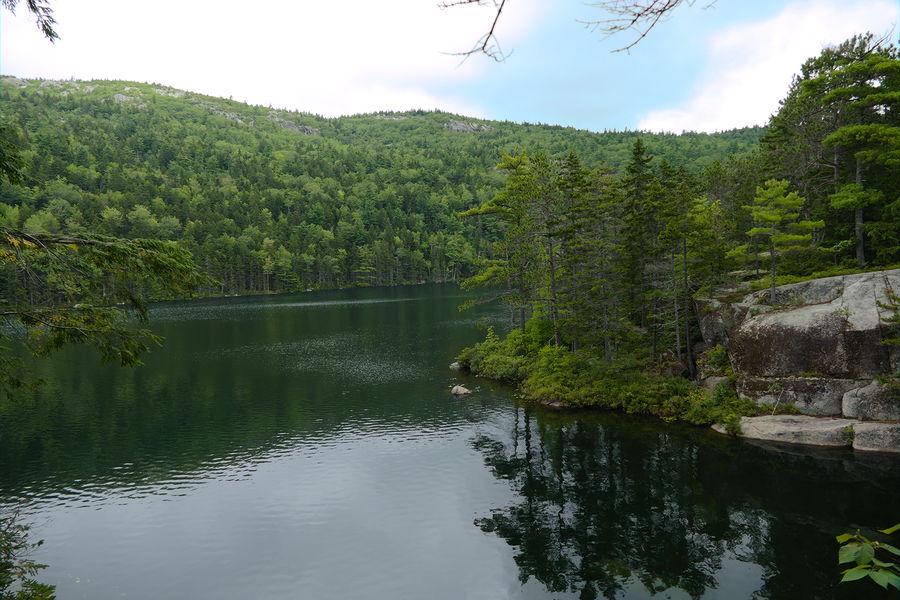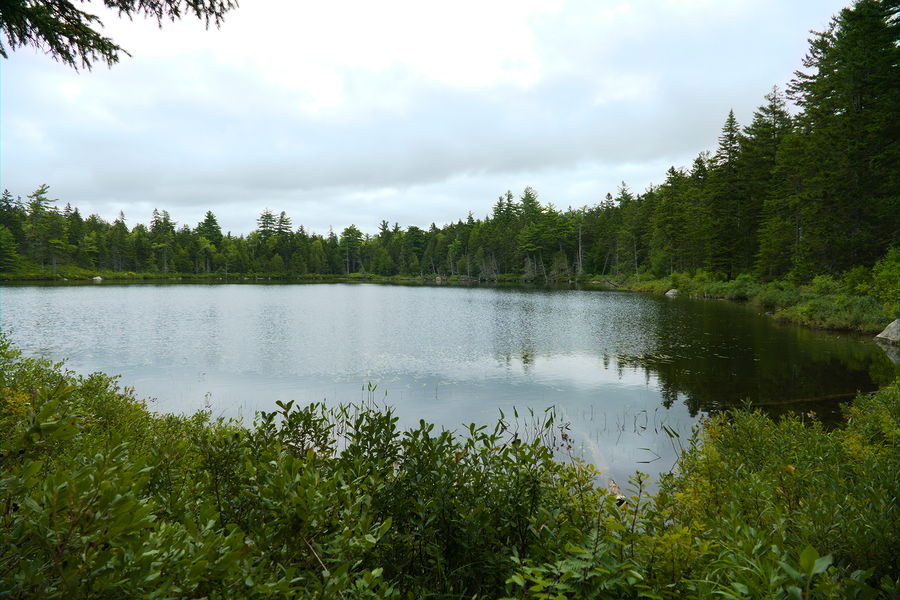Monday, December 23rd, 2019
We walked the 3 mile red trail at the T. Mabry Carlton, Jr. Memorial Reserve Thanksgiving weekend. It was well marked and mowed, but probably only 20% shaded. No dogs are allowed. The trail was dry, but several spots looked like they would be impassible during the wet season. There were no mosquitoes. We saw 3 hawks and several white peacock and sleepy orange butterflies. There was widespread hog damage, and we heard and then saw two groups of feral hogs with piglets rummaging around.
wild bachelor’s button
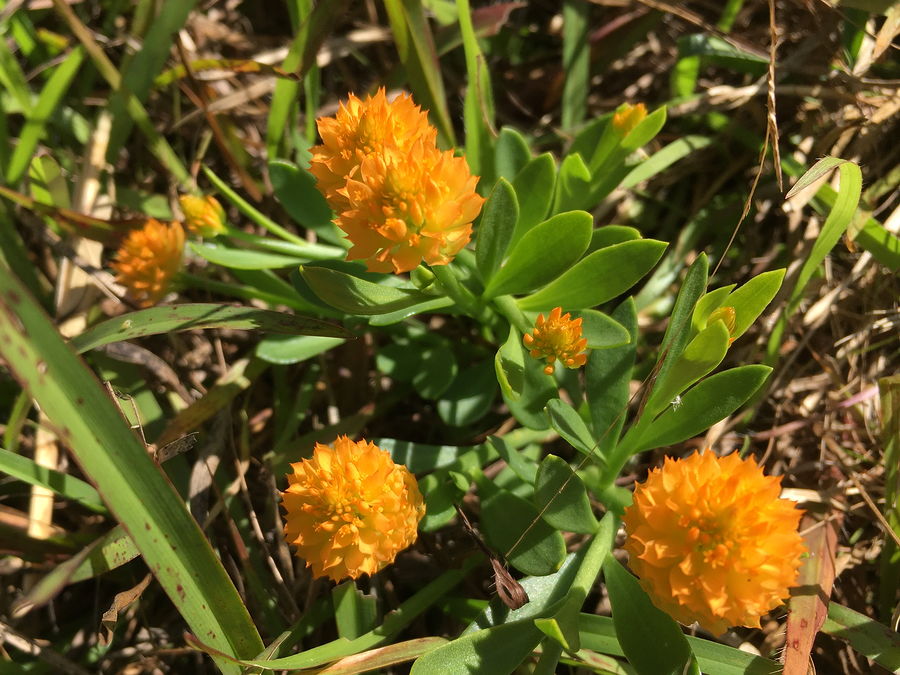
pale meadow beauty
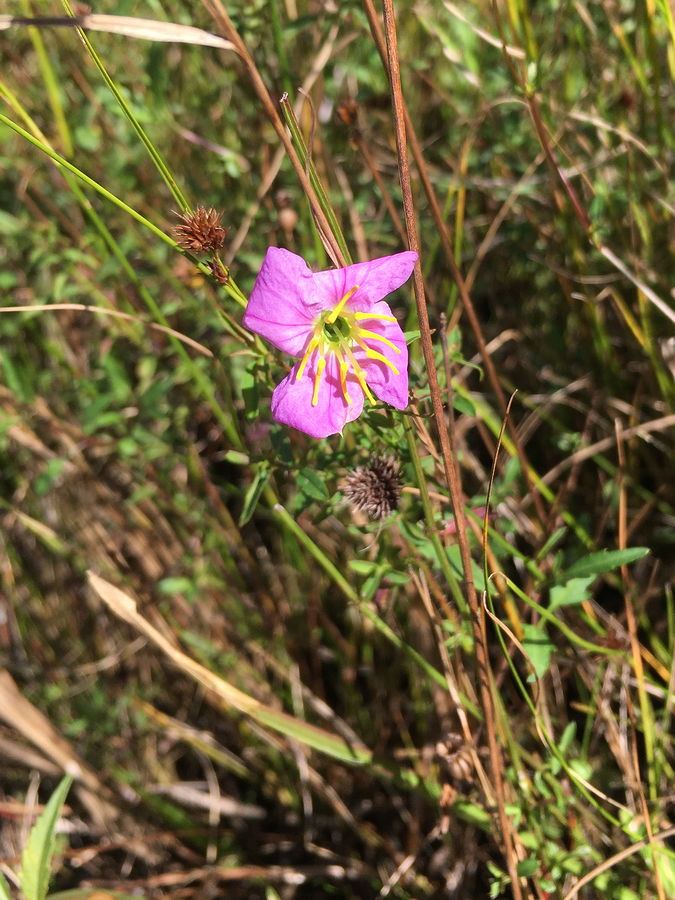
pine and palmetto
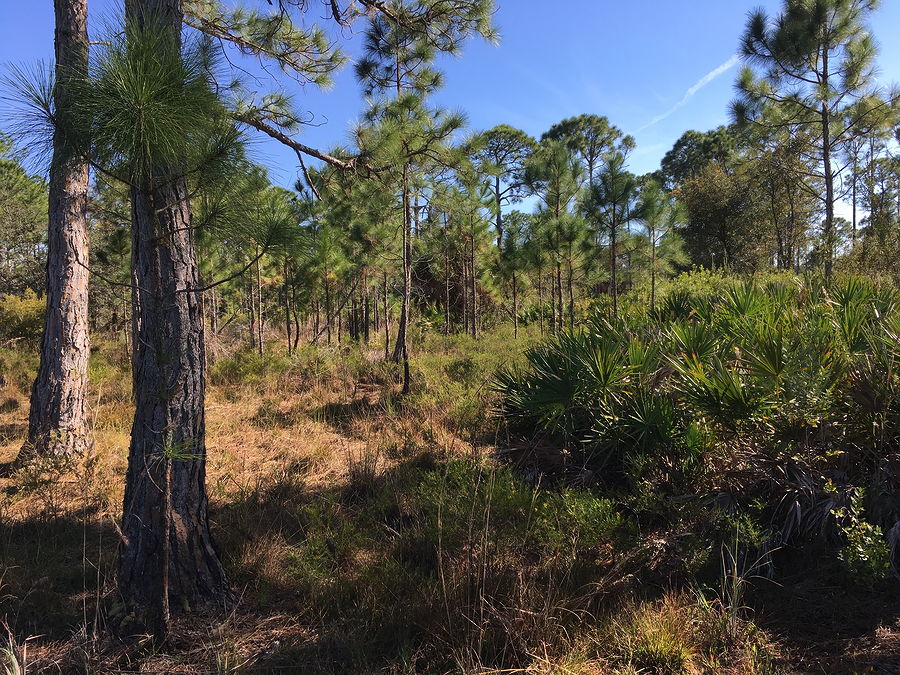
Thursday, October 3rd, 2019
One of the most interesting places that we visited in Maine was the Orono Bog Boardwalk adjacent to Bangor City Forest. Descriptions below are paraphrased from the well-done signs posted along the boardwalk.
The boardwalk starts in dense, swampy, and mosquitoey forest. This outer perimeter of the bog is the lagg, where runoff from the raised bog and from the surrounding mineral soils collect and slowly flow around the bog.
As the ground rises by a few inches from peat accumulation, the boardwalk crosses the Conifer Wooded Fen. Less water from mineral soil reaches here. The soil at this point is around 16 feet of peat, then 4 feet of lake sediment deposits, and then mineral silt-clay beneath, which prevents drainage. pH 4.4
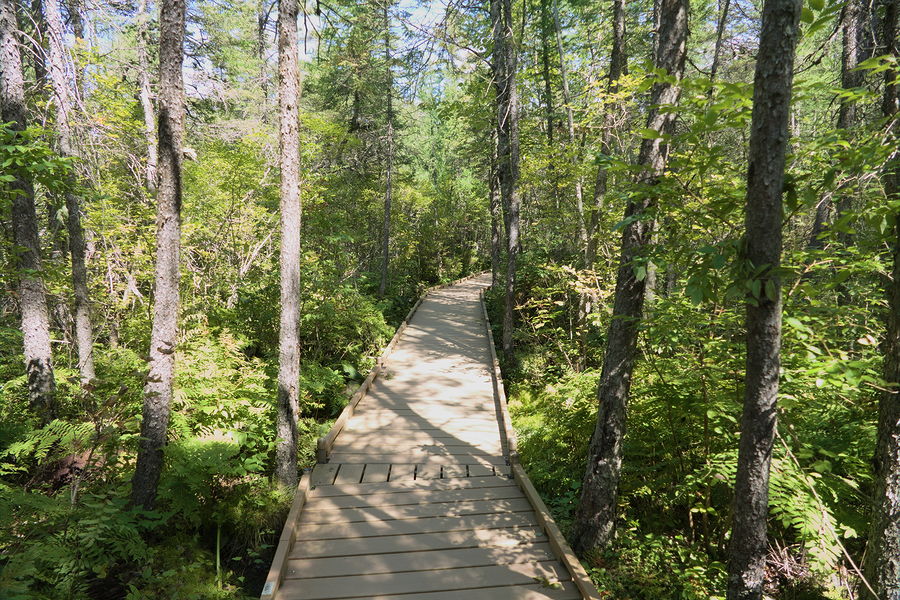
A rocky ridge brings mineral soil to the surface, allowing for better growing conditions, though the pH is still 4.2.
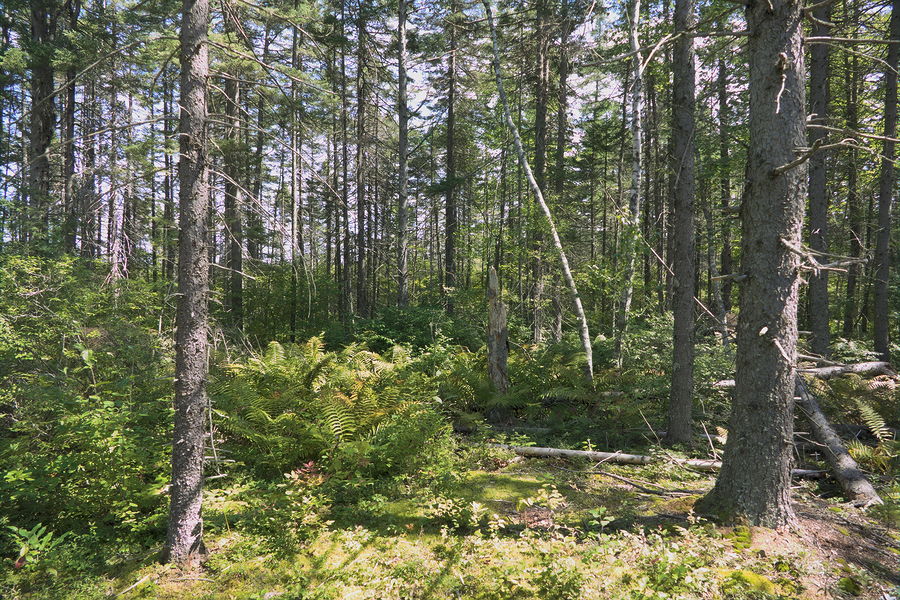
When the bog raises enough to no longer receive water from the surrounding mineral soils, the Wooded Shrub Heath begins. The stunted trees here are the same species as the surrounding area (black spruce and tamarack), and some are as old as 100 years, but they only receive nutrients from the atmosphere. The peat here is around 12 feet deep, resting on mineral silt-clay. pH 3.9
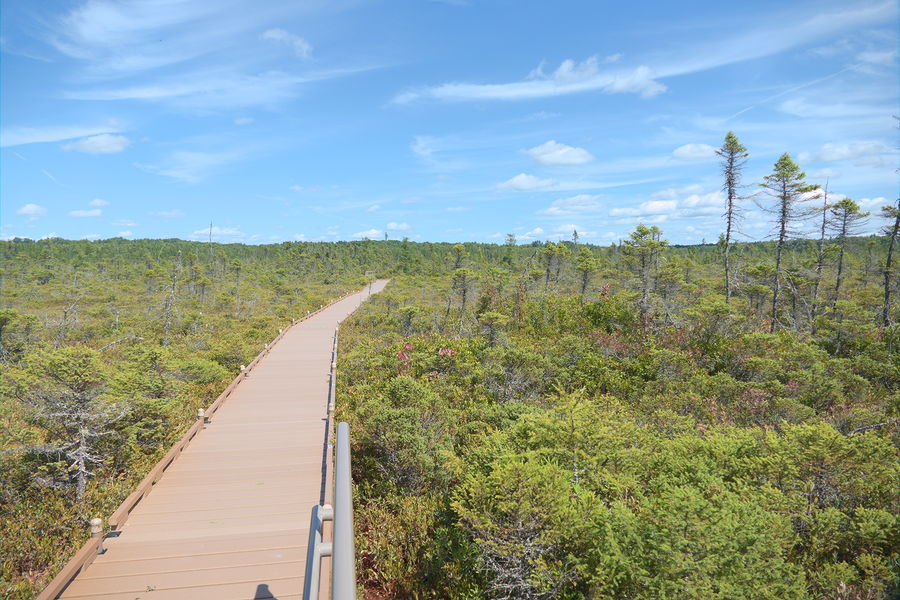
Carniverous pitcher plants (below) are common, which get nutrients from catching insects. Plants in the heath family, such as Labrador tea, sheep laurel and bog rosemary, have fungi on their roots to help them obtain nutrients from the peat.
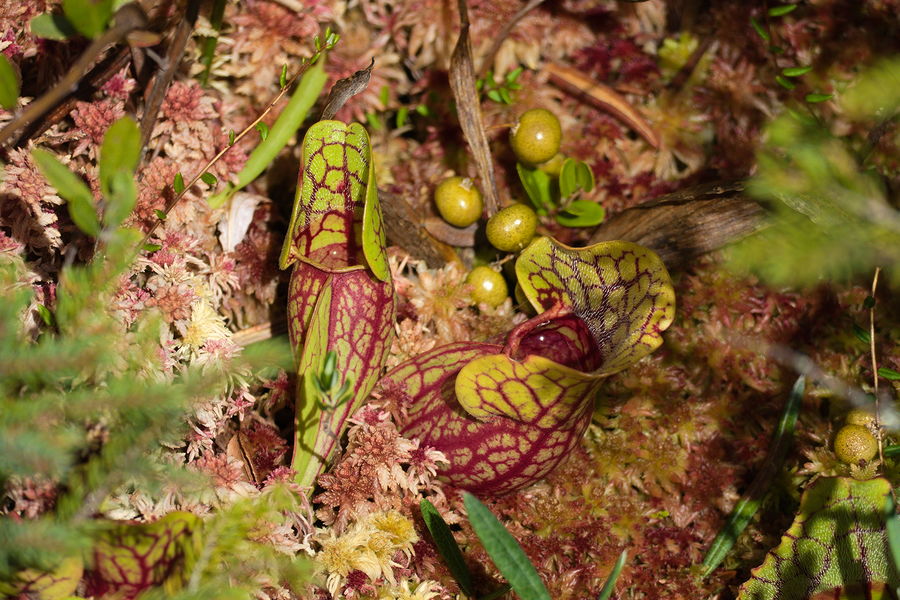
Moss Lawns of Sphagnum moss and tussock cotton-grass form in the hollows where the water level is at or just below the surface. Hummocks, resulting from the upward growth of shrubs and moss, are raised as much as a foot above the lawns. Different species of Sphagnum grow in the hollows than the drier hummocks. The peat is around 16 feet deep with a pH of 3.8.
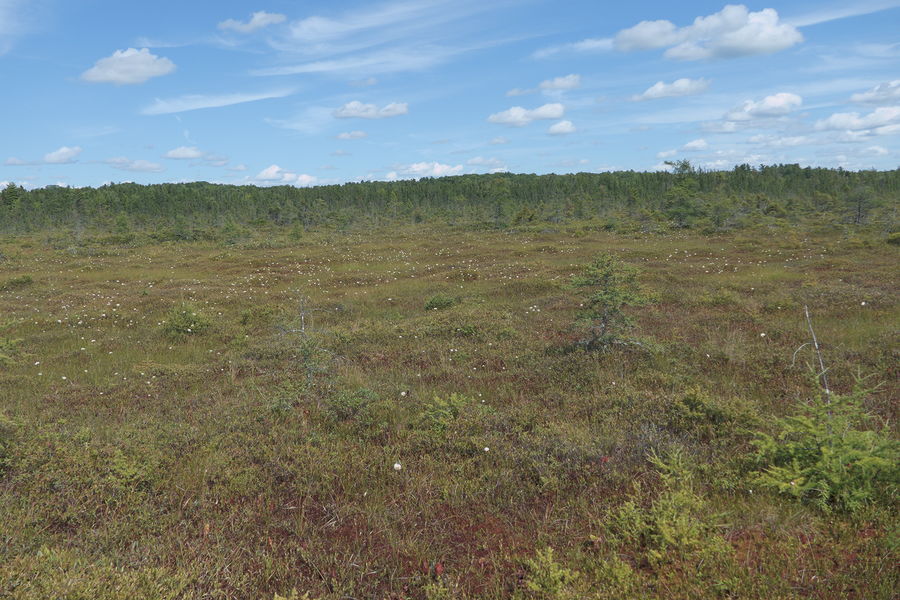
The “boardwalk “floats†atop the water-saturated peat. Footings, consisting either of plastic-wood composite material or dock floats” keep the boardwalk from sinking into the peat. A depth to water gauge during our visit reported the water level at 1″ below the surface, and you could see the standing water when looking down at the footings for the boardwalk.
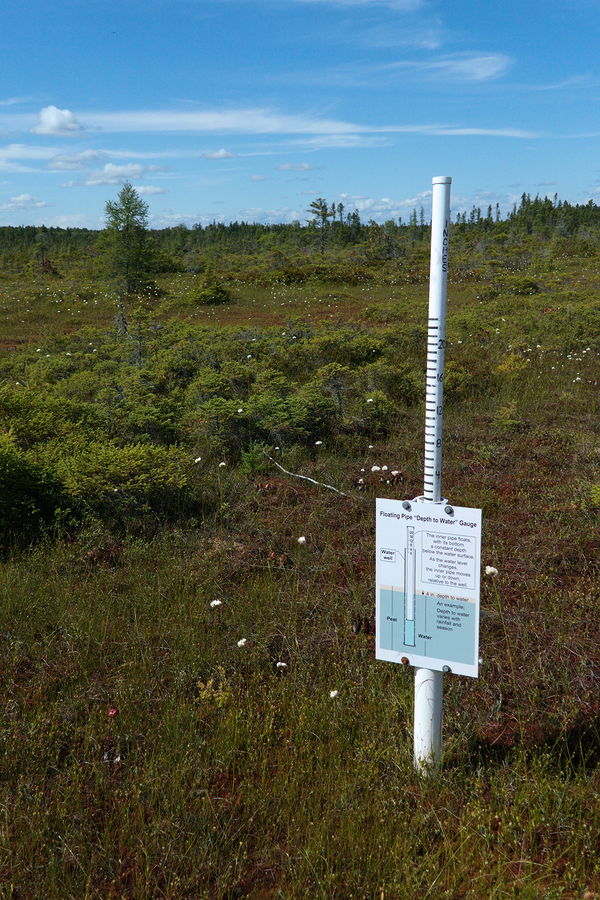
From Ecological Processes in the Bog Walk: What is a Peatland? by Sue Priest
In peatlands the rate of accumulation of plant material exceeds the rate of its decomposition because there is not enough dissolved oxygen present in the water-saturated peat for most decay organisms to thrive. Each year dead plant and animal material accumulates and decays slowly and incompletely. …
The layer of peat closest to the surface of the peatland is the acrotelm. The acrotelm is typically limited to the top 4-24 inches of peat, and primary decomposers there are fungi. Because there is some water movement and drying of the peat in this layer there is also some available oxygen for decomposers. However, the peat is still only partially decomposed in this layer before another year of dead plant material accumulates. Under the acrotelm is the catotelm (Figure 2). In the catotelm the peat is permanently water-saturated, inhibiting the movement of oxygen from above. Water movement is very slow and oxygen from above cannot penetrate. Here, the peat is broken down only very slowly by anaerobic bacteria. The accumulation of partially decomposed material has been occurring at Orono Bog for about 10,000 years. Peat at Orono Bog is 25 feet deep in some places. …
Peatlands surfaces that are supplied by water carrying minerals form [sic] surrounding or underlying mineral soil are called minerotrophic. Peatland surfaces that are supplied only with only rain and snow are called ombrotrophic. Generally minerotrophic surfaces are more fertile for plant growth.
Peatlands that are entirely minerotrophic are called fens. Peatlands containing areas that are ombrotrophic, usually at the center, are called bogs. Virtually all bogs are “bog complexes†because the peripheral areas adjacent to mineral soil uplands are minerotrophic. The minerotrophic areas of a bog complex have fen like vegetation.
Orono Bog is a bog complex. The center of the bog complex is higher than the edges. The center is ombrotrophic, and the edges are minerotrophic (Figure 2). The minerotrophic area is surrounded by a lagg. A lagg is a very wet zone similar to a moat, which surrounds a castle, only in this case the lagg surrounds much of the bog complex. At Orono Bog the lagg drains the entire bog complex and exist [sic] towards Pushaw Lake to the northwest. In very dry seasons the lagg will dry down to standing pools. When upland soils become saturated with water the excess water and soil mineral nutrients will drain into lower lying areas of the landscape. Upland soils drain into the lagg and eventually move into the minerotrophic areas of the bog complex. The plants growing in minerotrophic zones have access to these mineral nutrients, but the plants in the ombrotrophic center do not. The raised landscape makes mineral nutrients inaccessible to plant roots in the ombrotrophic zone, because surface water doesn’t flow uphill. Because of the raised topography, exchange of mineral nutrients occurs in limited quantities from the atmosphere only. Because the ombrotrophic zone is fed by precipitation events: rain, fog, mist, snow, and on occasion from wind in the form of soil particles, mineral nutrients are extremely limited, which makes them also nutrient poor.
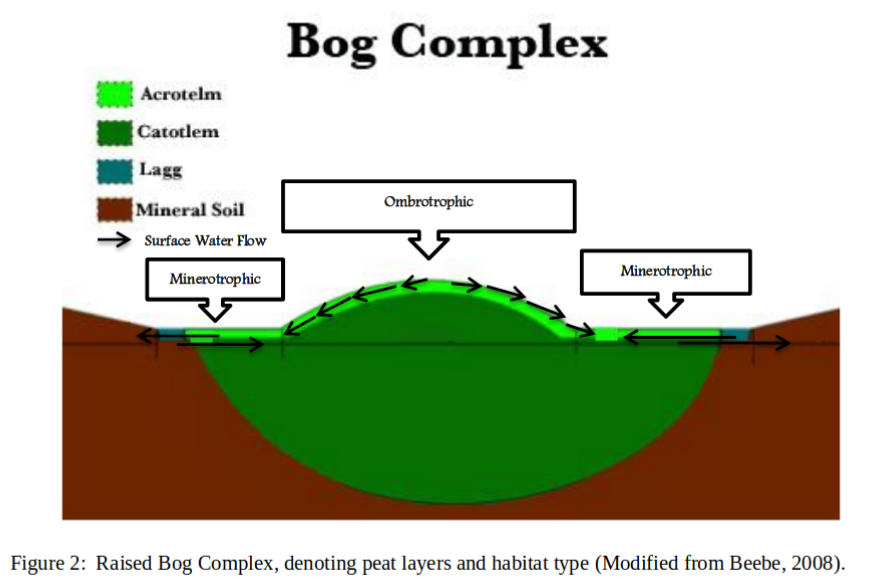
Soil pH affects nutrient availability by changing the form of the nutrient in the soil. Lower pH increases the solubility of Al, Mn, and Fe, which are toxic to plants in excess. Extreme pH values decrease the availability of most nutrients. (source)
Peatland Acidification and pH:
From the start of the boardwalk to the center of the bog the pH ranges from about 6.6 to 3.6. A pH of 3.6 is about 1000 times more acidic than a pH of 6.6. …
Acidity in peatlands is a by-product of microbial decay processes, cation exchange, and input of acids from the atmosphere. In the first case, bacteria and fungi breakdown dead plant and animal material and in the decay process acid is released into the surrounding environment. Second, where sphagnum is abundant it acidifies its surroundings by cation exchange. It adsorbs base cations such as calcium (Caᶧ) and magnesium (Mgᶧ) from the soil water and exchanges or releases hydrogen ions in their place. So as sphagnum moss (pictured below) grows and populates the peatland environment it is also increasing the amount of hydrogen ions in the ecosystem and therefore acidifying the peatland.
Sunday, September 29th, 2019
The only way to access the island of Vinalhaven is by boat or plane. Maine DOT runs a ferry several times a day between Rockland and the island (1 hour 15 minutes/15 miles), where a village with a large lobster fishing fleet resides.
On our way to the ferry terminal, we stopped at the Rockland Breakwater Lighthouse. The weather was worsening, so we didn’t walk all the way out.
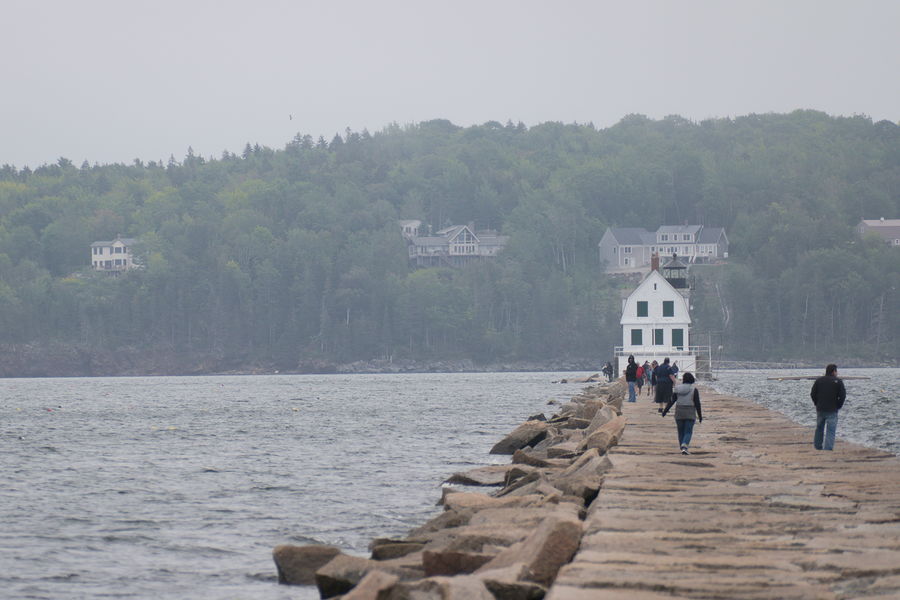
We found these isopods running in between the breakwater rocks, probably sea slaters.
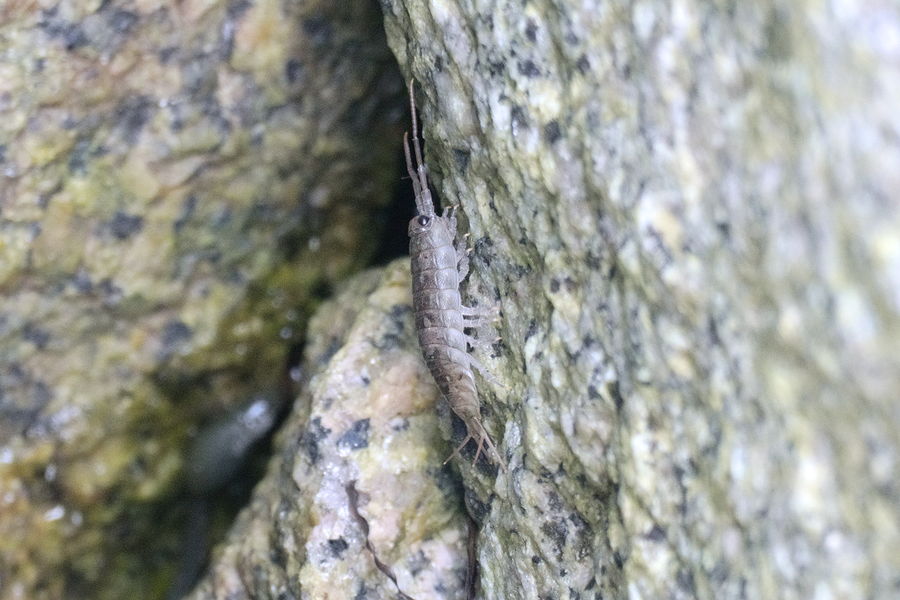
Cormorants
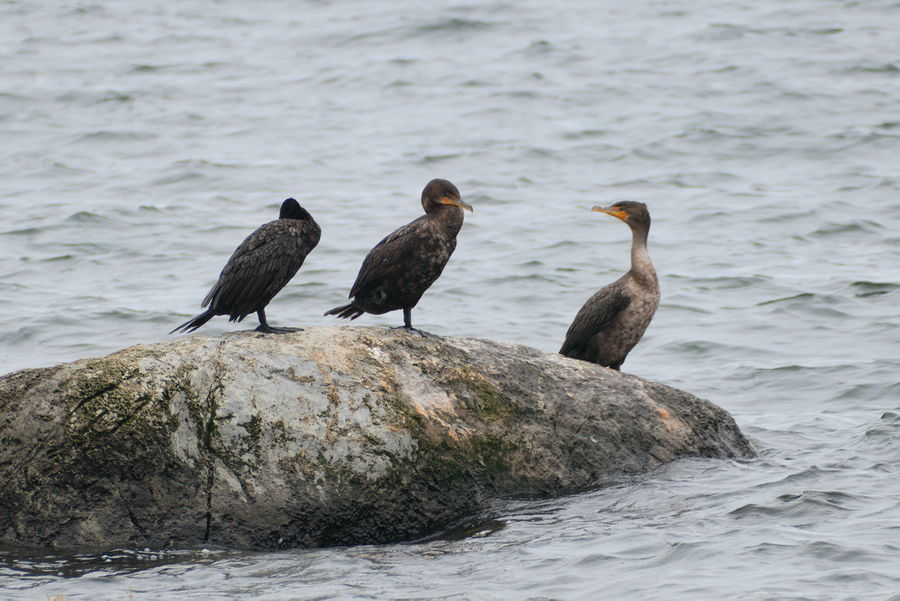
When we arrived on Vinalhaven, a generous stranger gave us a short ride to the hotel we were staying at, which sits on a bridge where the tide (which varies by around 10 feet) flows in and out underneath. There was a thick fog that evening where we couldn’t see the yellow house across the harbor from the hotel.
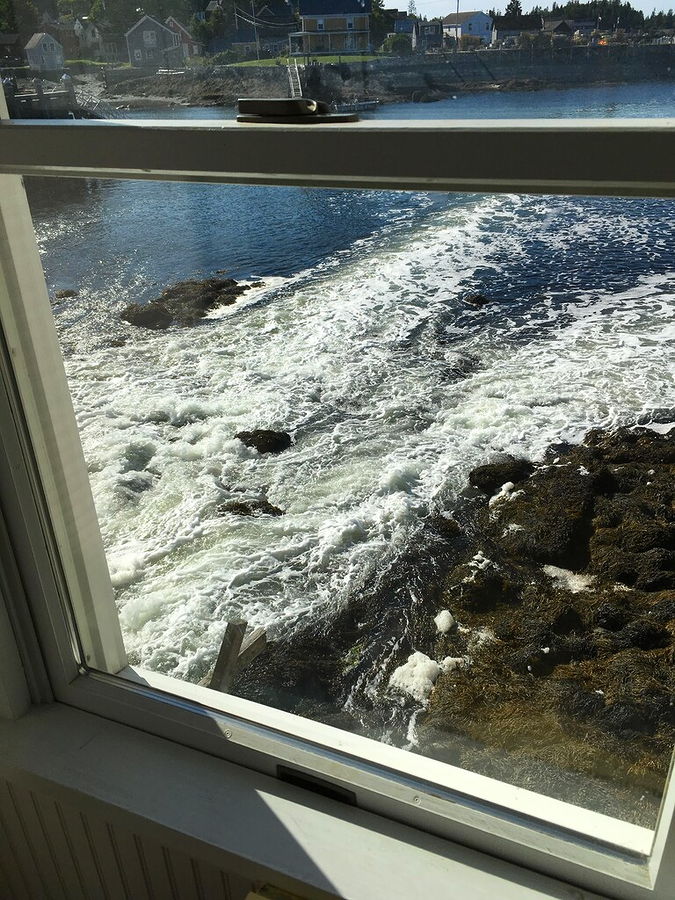
Near low tide the next day, we got a ride from the hotel to the Basin. A small network of trails winds through the forest to access points to the protected cove. The northernmost access point was the most interesting. Some small fish were caught in the uppermost pool of water.
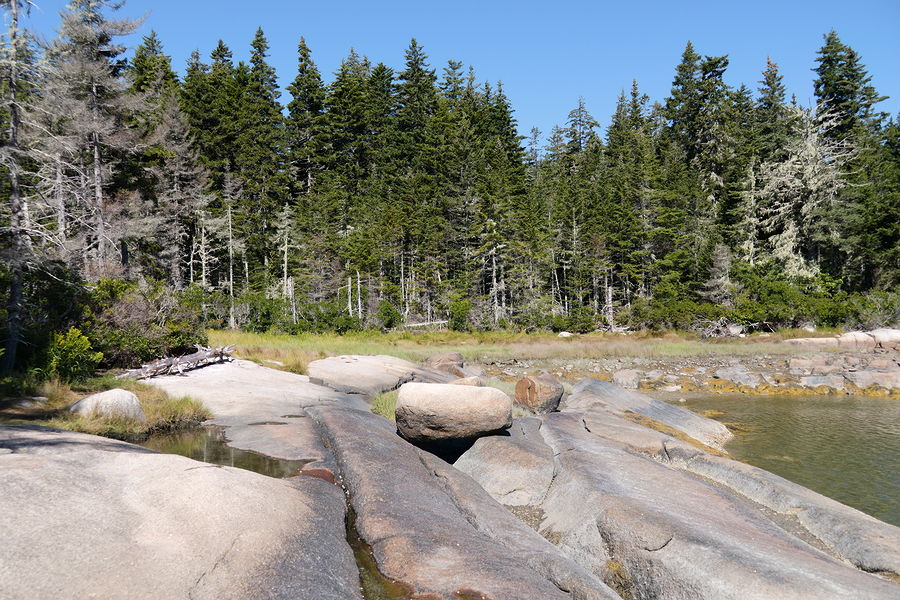
This crab, though missing several legs, was still alive in one of the tide pools
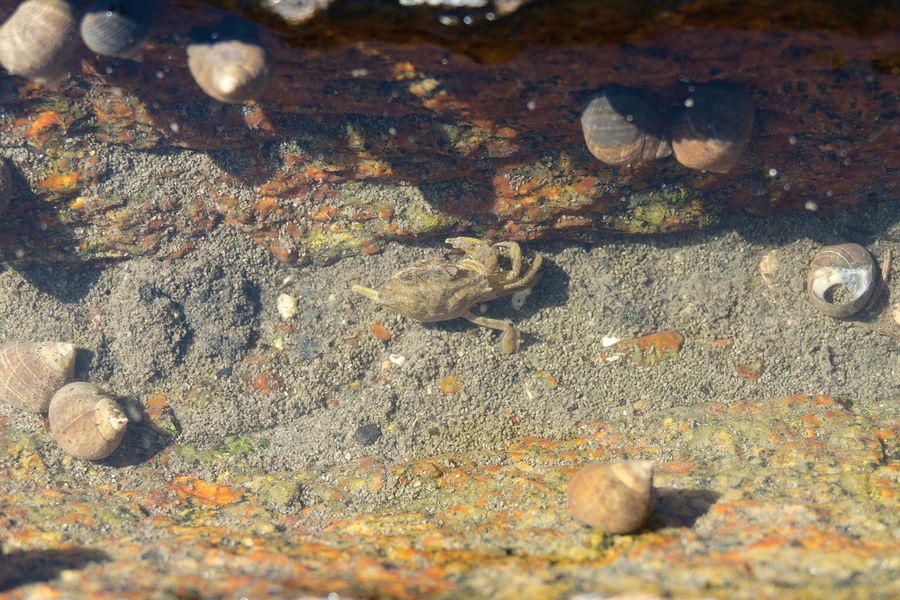
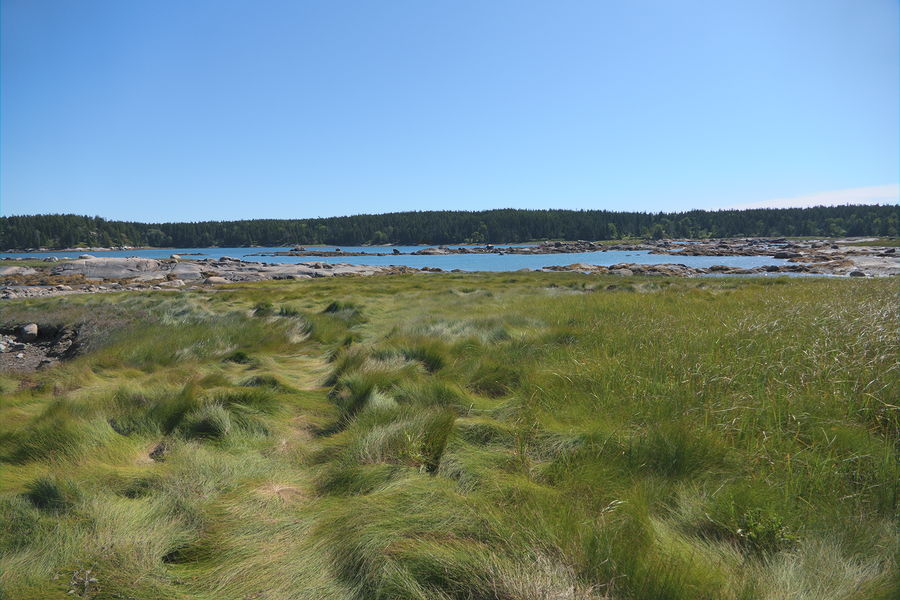
In the last three decades of the 19th century, the island’s primary industry was granite quarrying. Two of the larger quarries on the island are now swimming holes. This spot is just a nursery for mosquitoes, which were numerous enough in the forest to curtail photography.
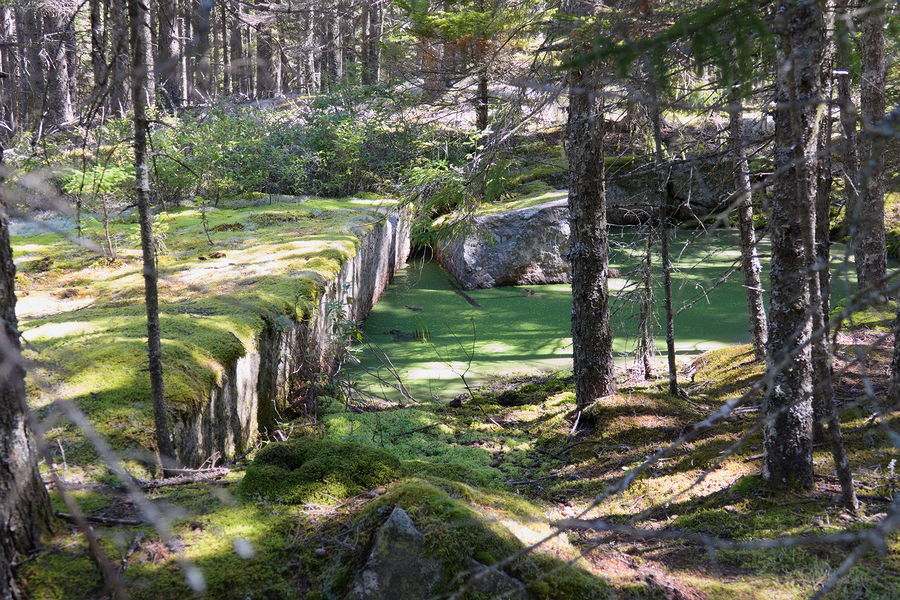
In the afternoon I walked to Lane’s Island Preserve
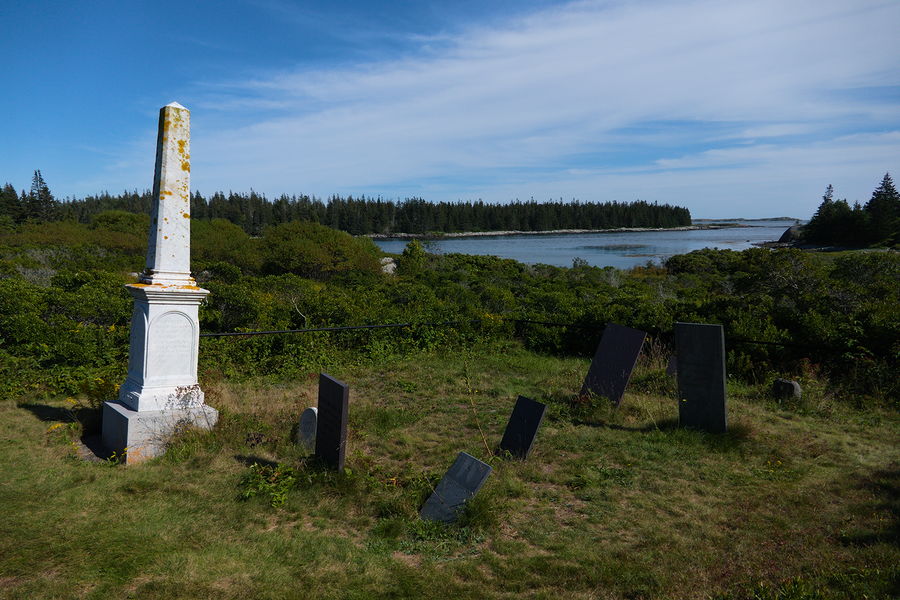
One of the ferries returning to Rockland, with lobster pot floats in the foreground
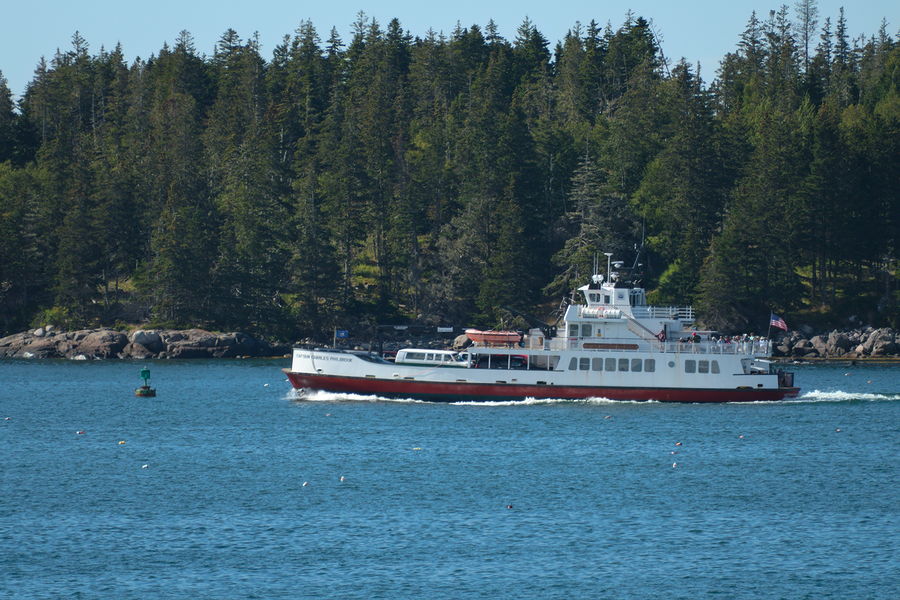
This juvenile herring gull was pestering what I presume was one of its parents. The gulls in Maine are larger than the ones in Florida.
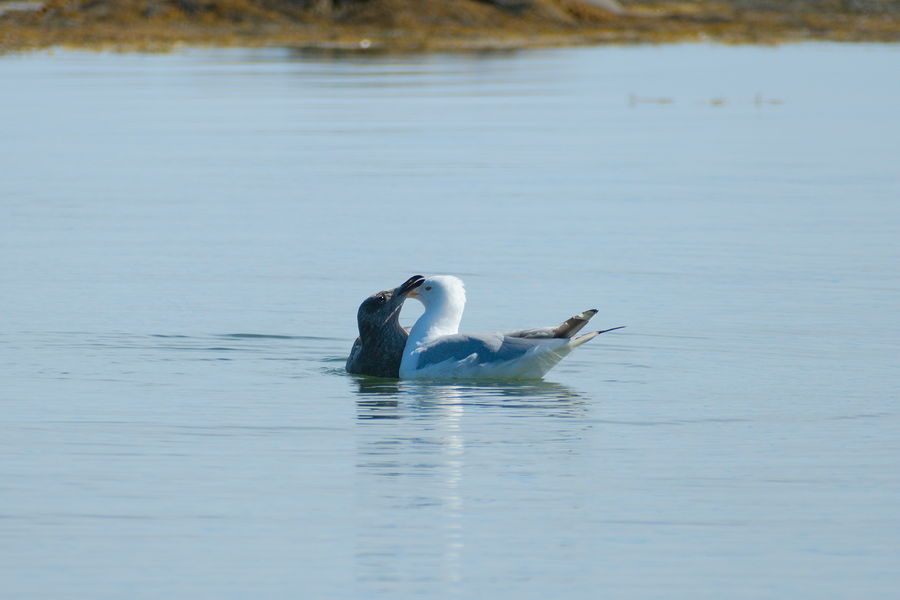
White admiral
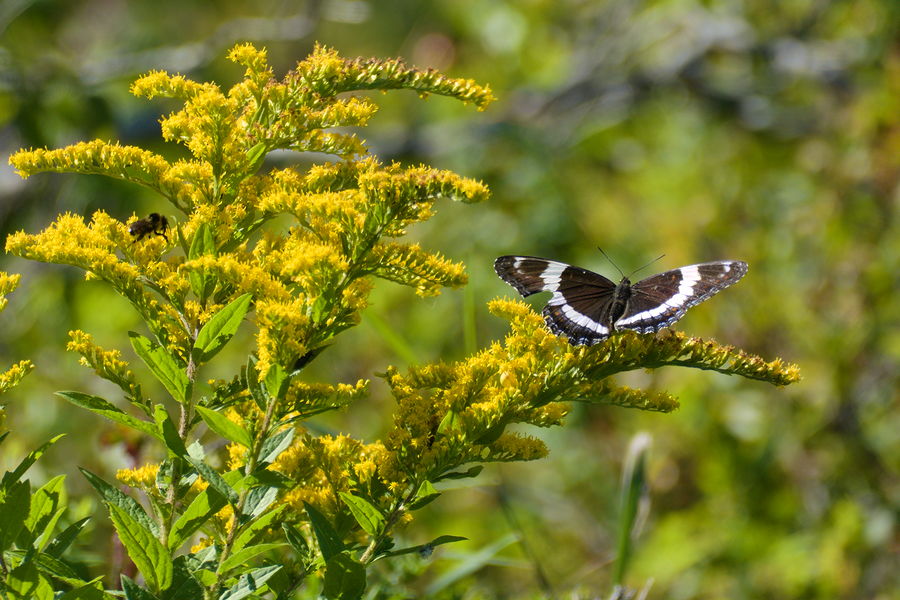
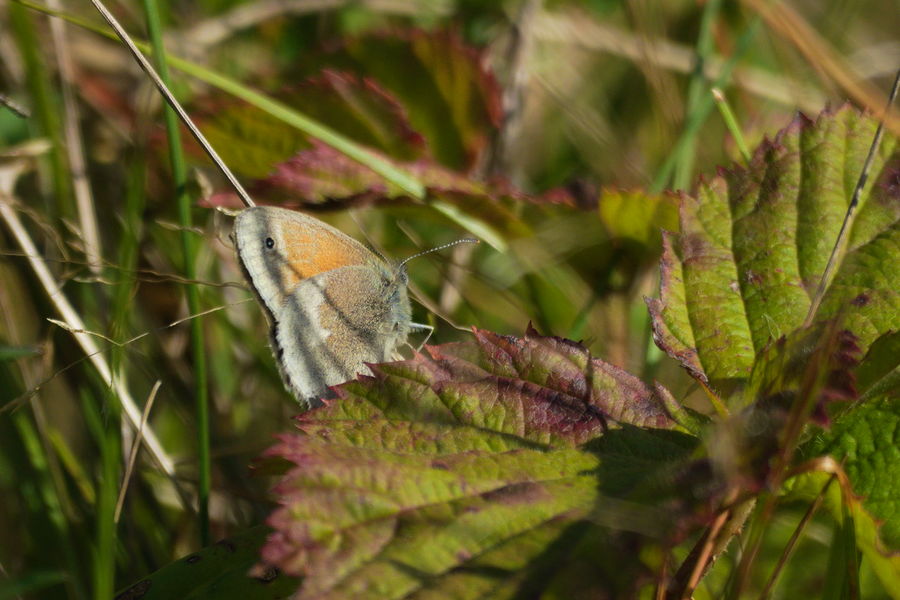
Monday, September 16th, 2019
The Ship Harbor trail follows the mudflats of an inlet on one side, takes you to the headland where you can peek in tide pools, and then back through an open, rocky woodland with spruce and larch.
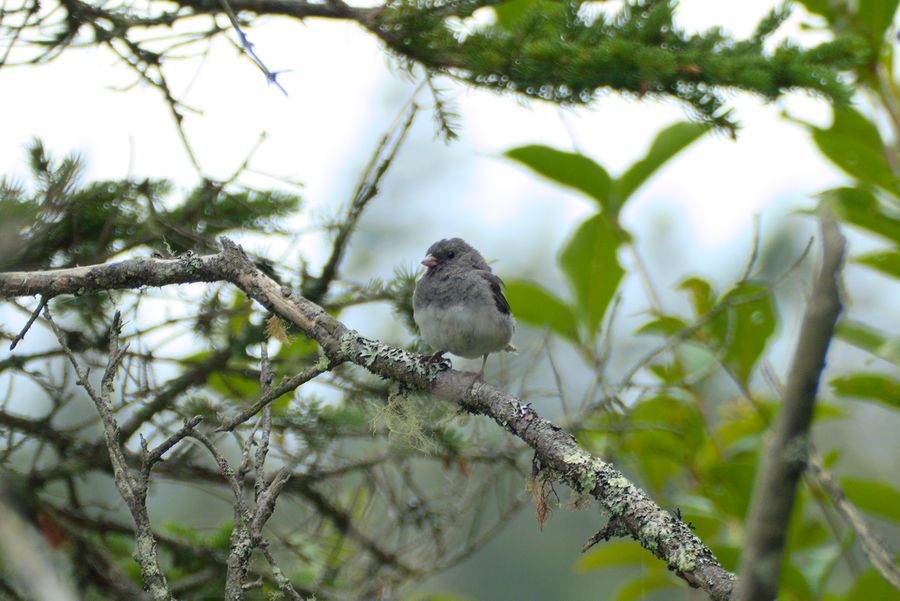
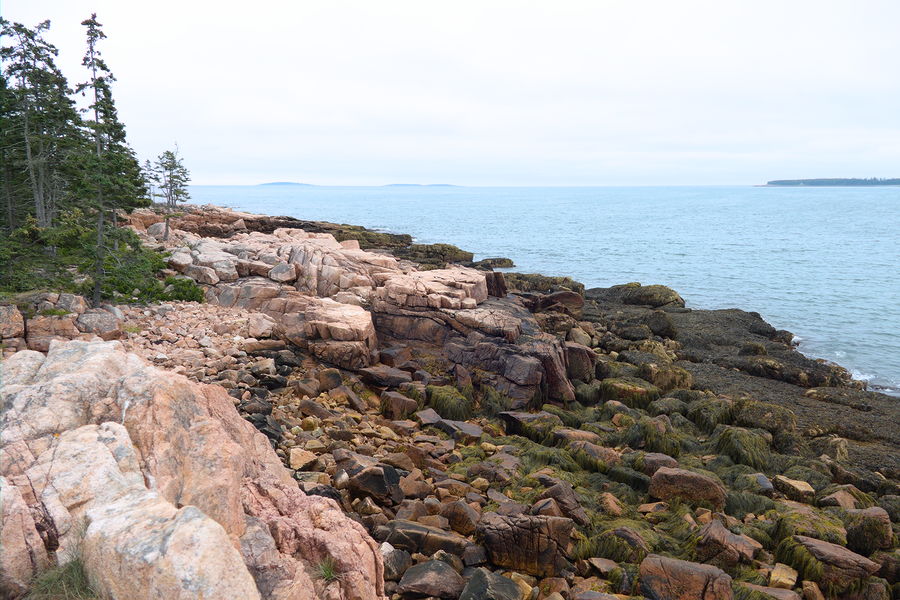
Snails were abundant
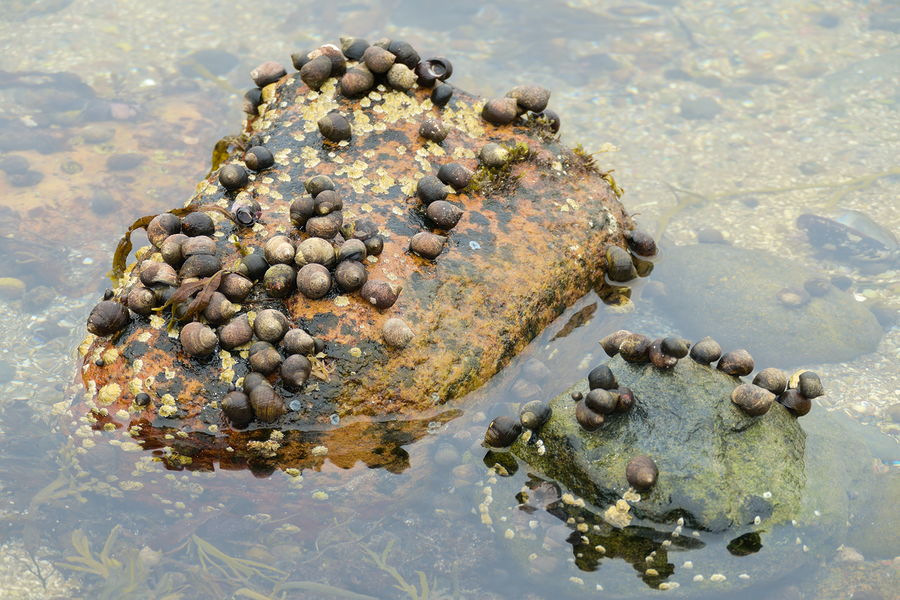
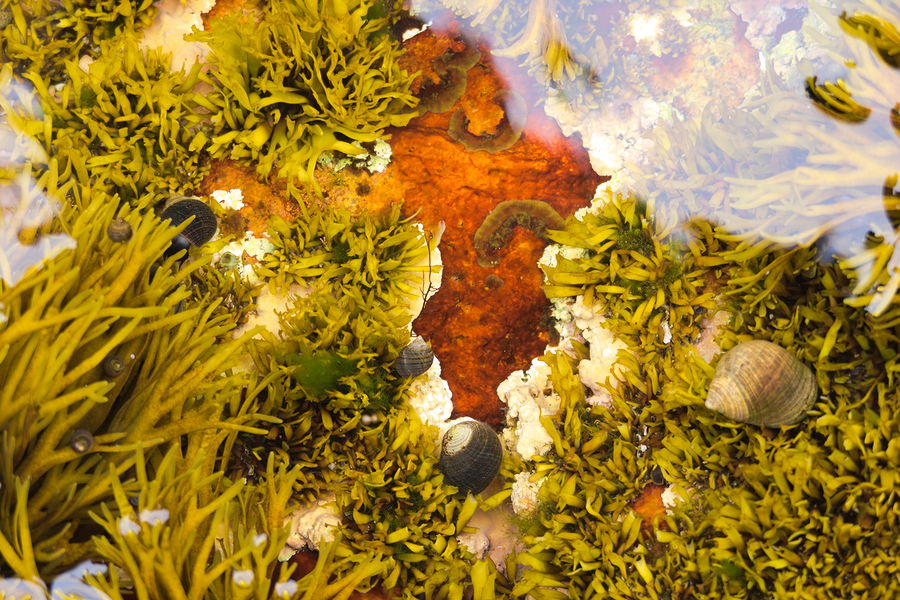
Rose bushes, with large rose hips, were common along the roadside and near the shore
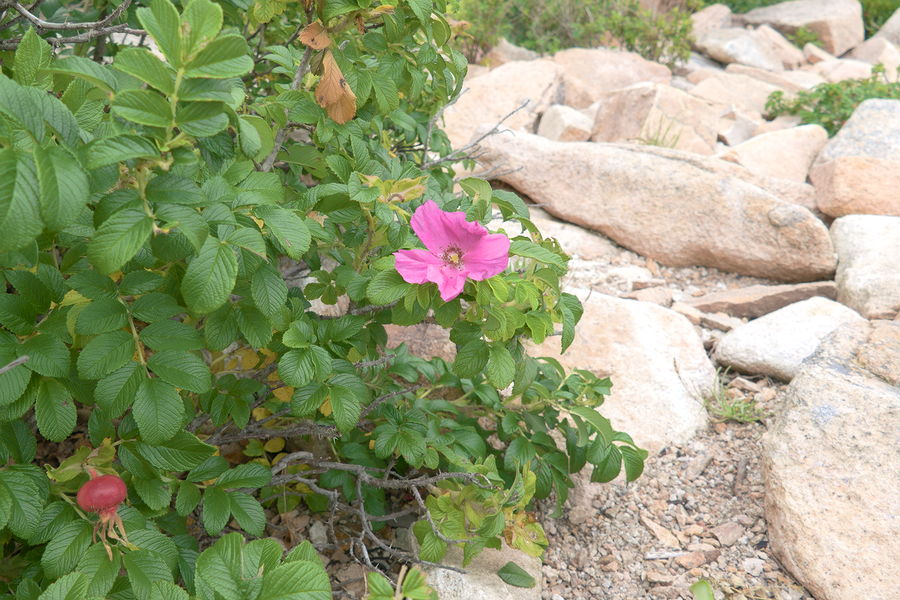
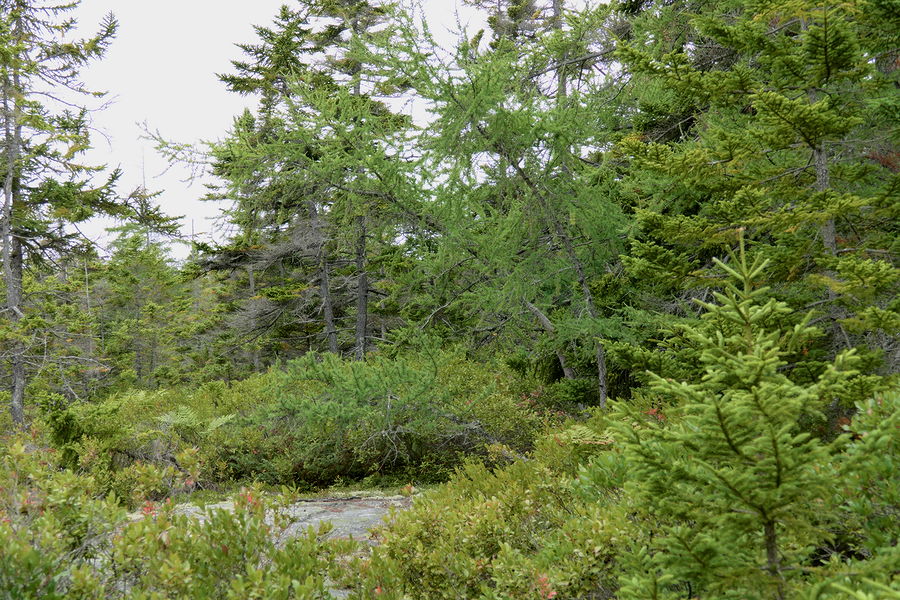
Monday, September 16th, 2019
The Sieur de Monts Wild Gardens of Acadia has nicely arranged sections representing different habitats around the park, with labels for the plants you might find. There are many kinds of goldenrod.
Small fish were in the stream behind the cardinal flowers.
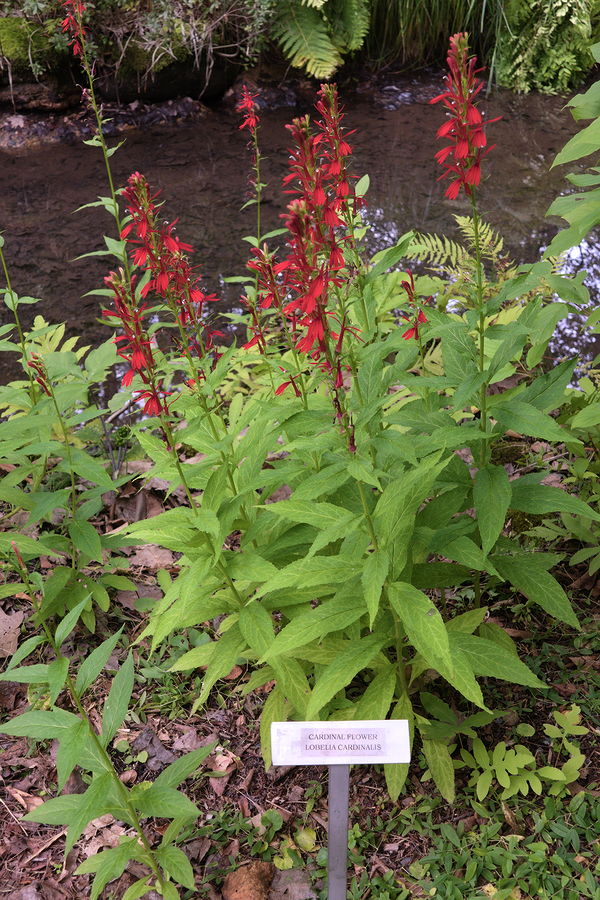
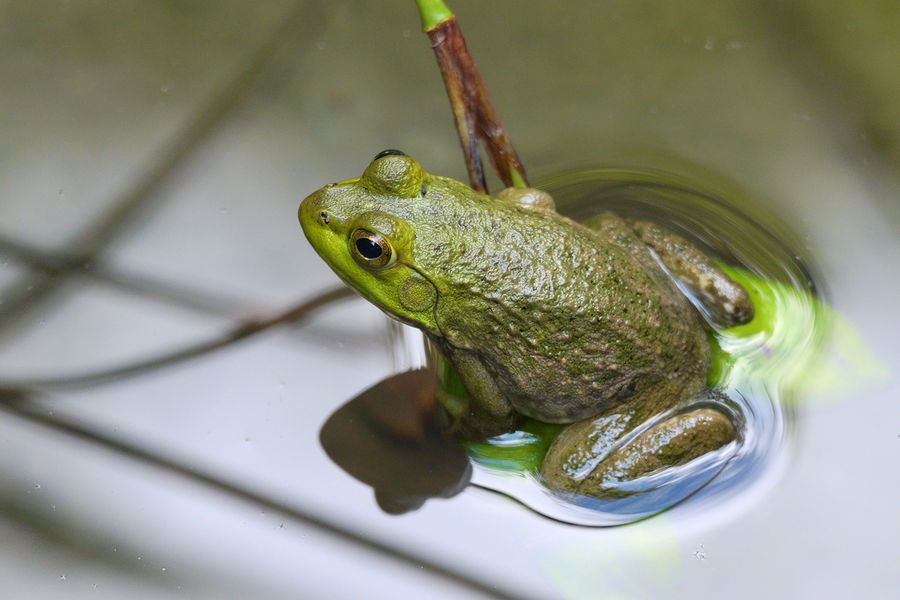
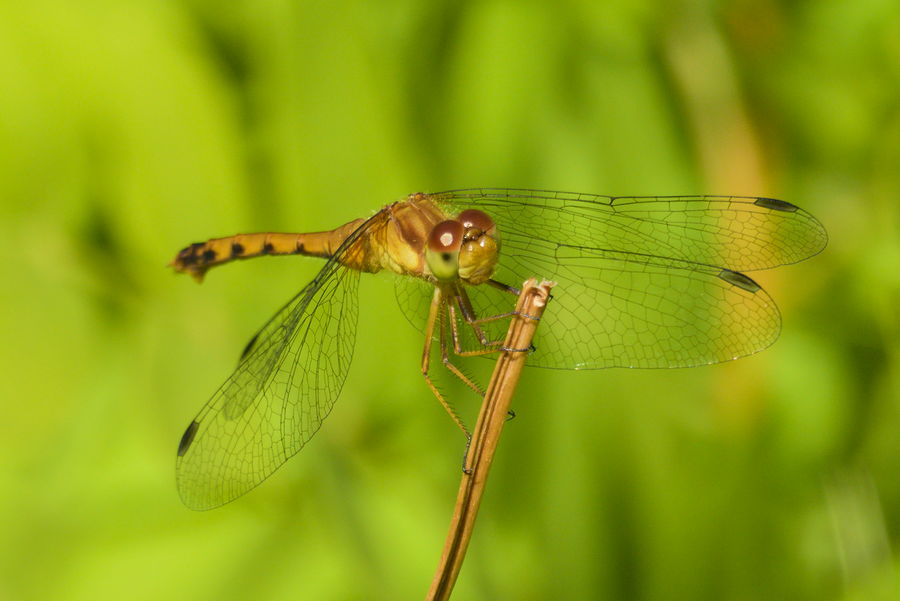
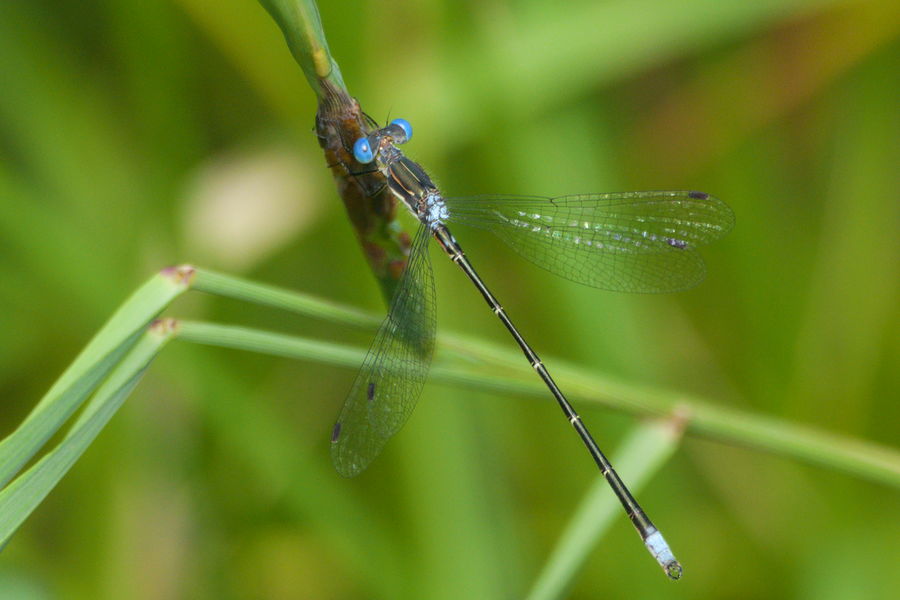
Further on the two lane, one-way section of the park loop road, there were signs allowing parking in the right lane. Parked cars stacked up before the signs identified which attraction the cars were parked for. We were lucky and found spots in the main parking lot for the places we stopped at.
Sand Beach is appropriately named in a place where all other shoreline we saw was rocky or muddy. It was in the low 70s, and some folks were in bathing suits and playing in the water.
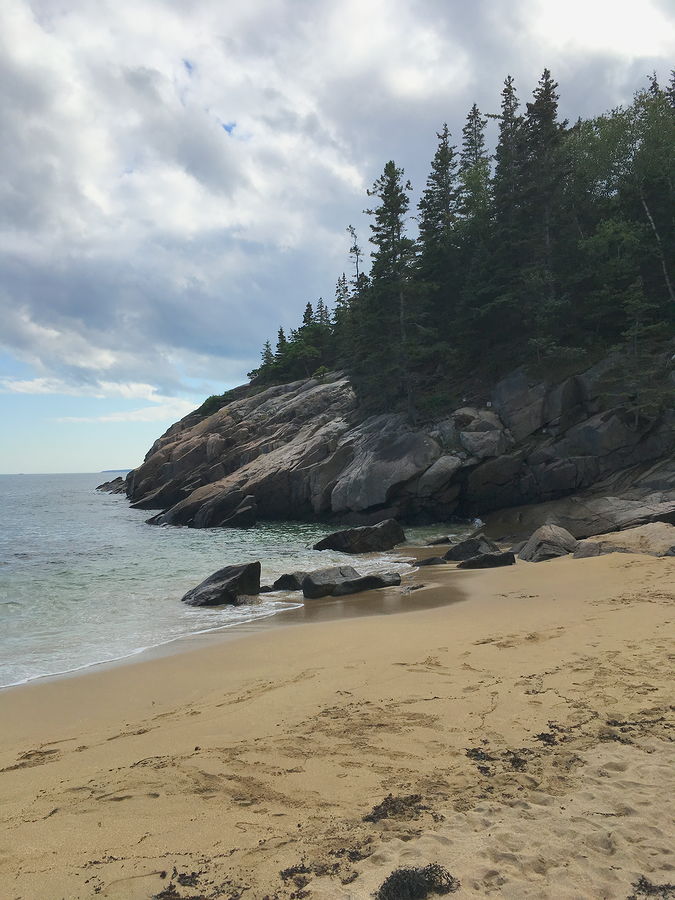
Jordan Pond
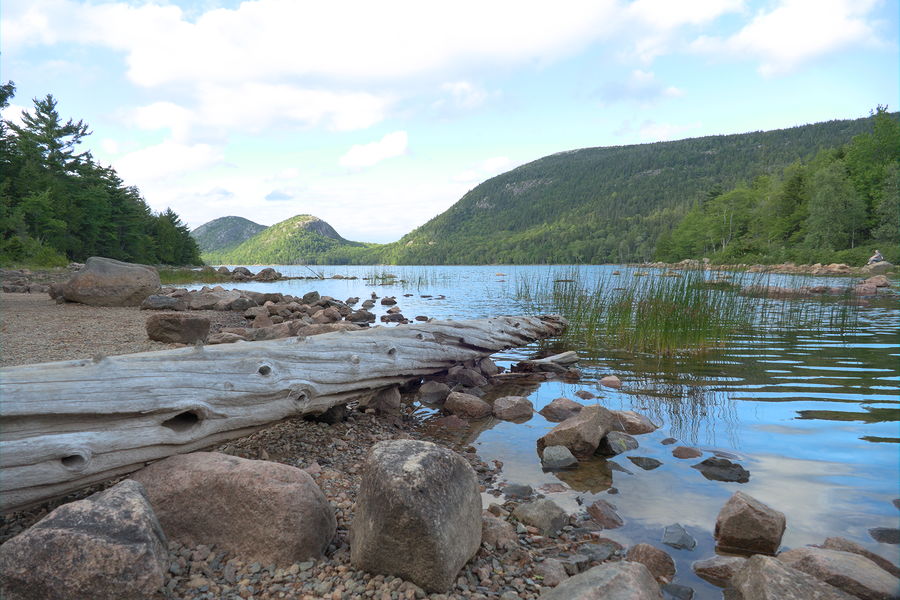
Sunday, September 15th, 2019
There was more under story here than on the Cutler Coast trail. The day was partly sunny with no rain, but the trail went through a hollow that was still dripping wet. (All but the first picture are Mike’s.)
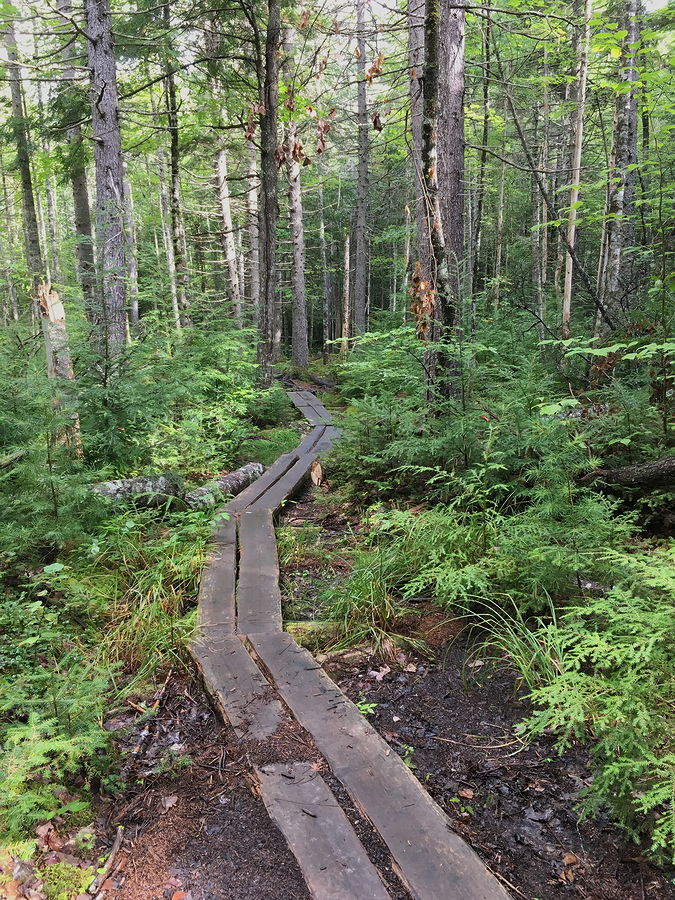
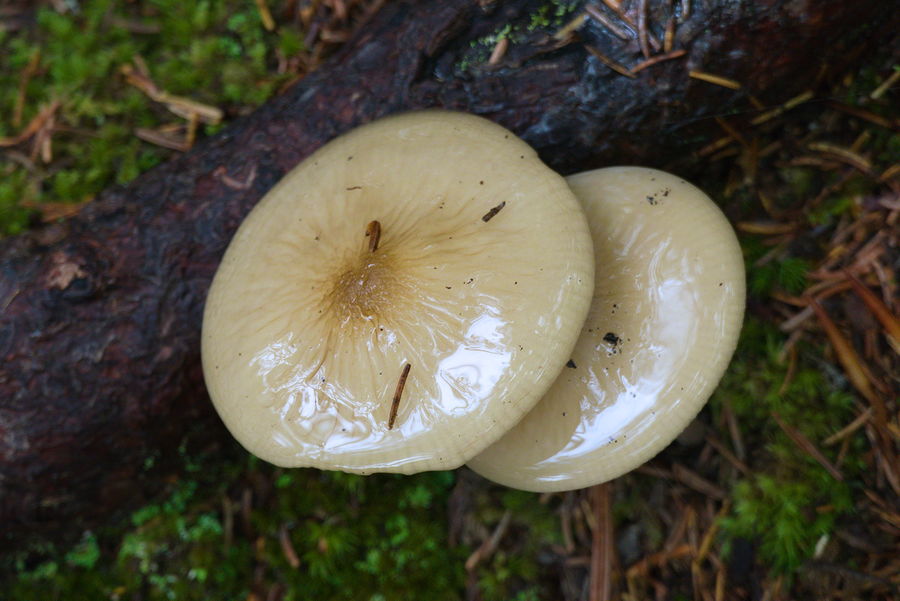
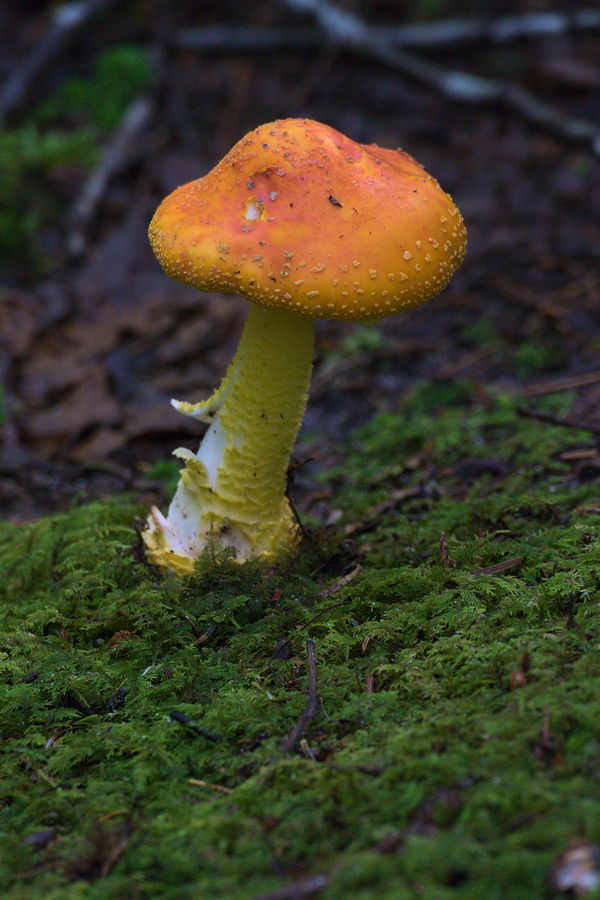
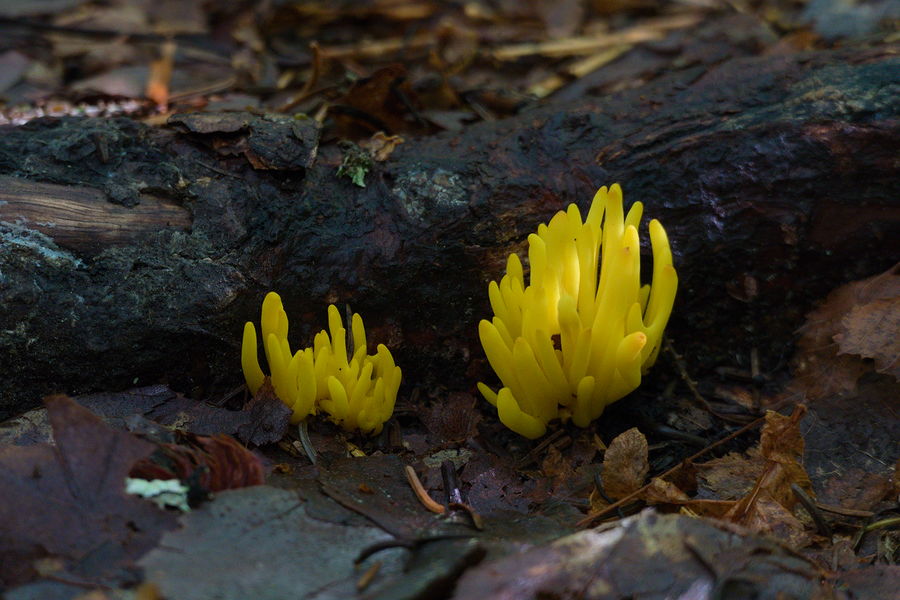
Hairy Woodpecker, larger than a Downy

There were some really nice lungwort and rock tripe lichens.
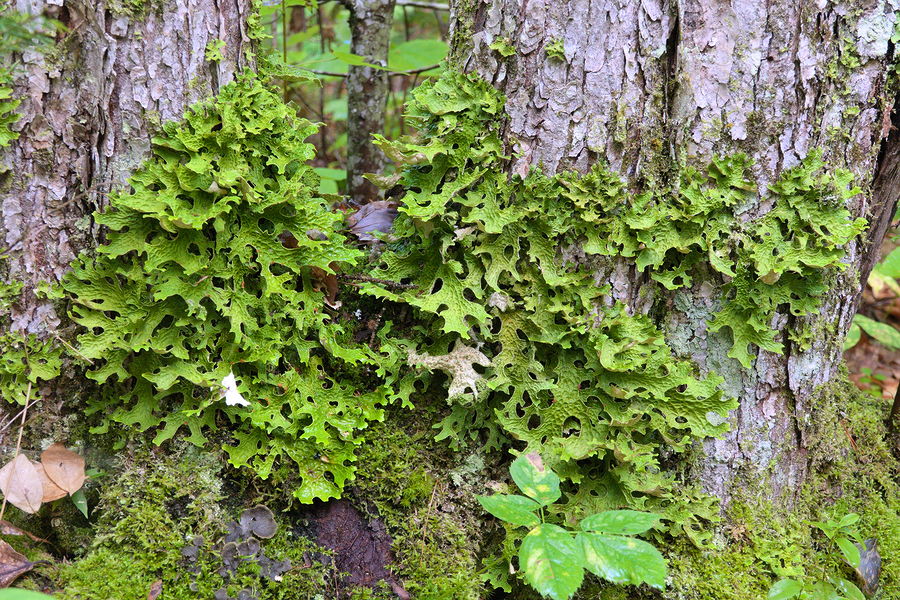
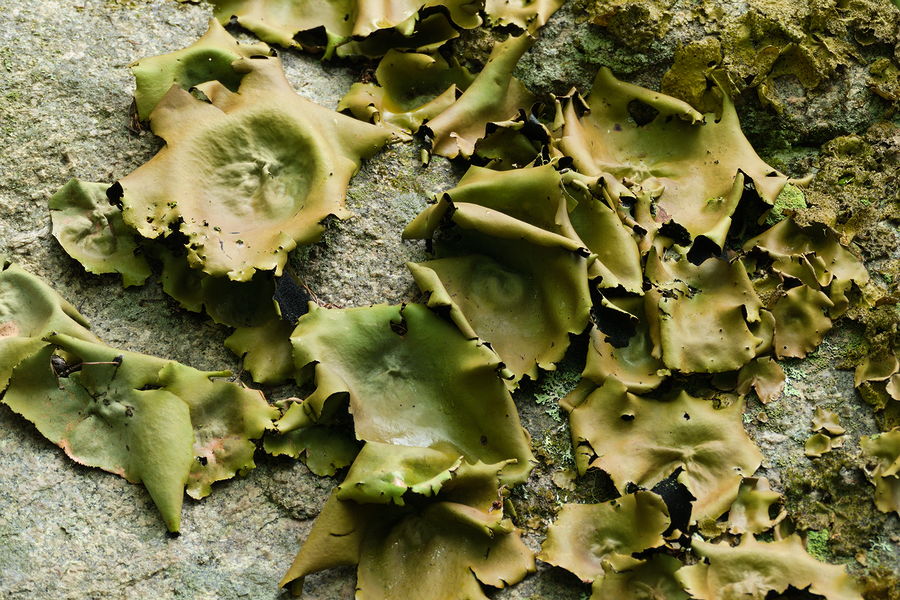
The Hidden Ponds loop branches off to the right from the Tunk Mountain trail for a counter clockwise walk. It circles Salmon Pond (the best views of Salmon Pond are at the end of the loop), and offers an overlook and shore access of the western side of Little Long Pond. There was a dilapidated canoe left next to Little Long Pond.
